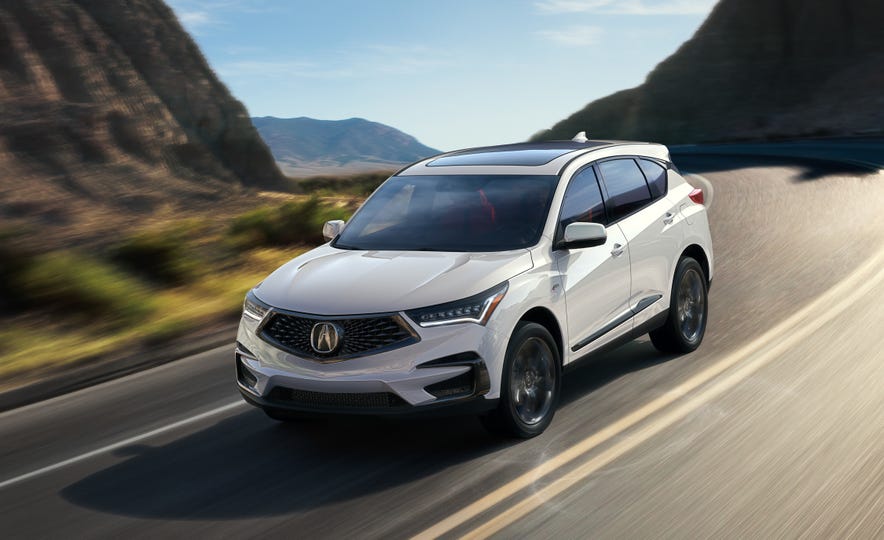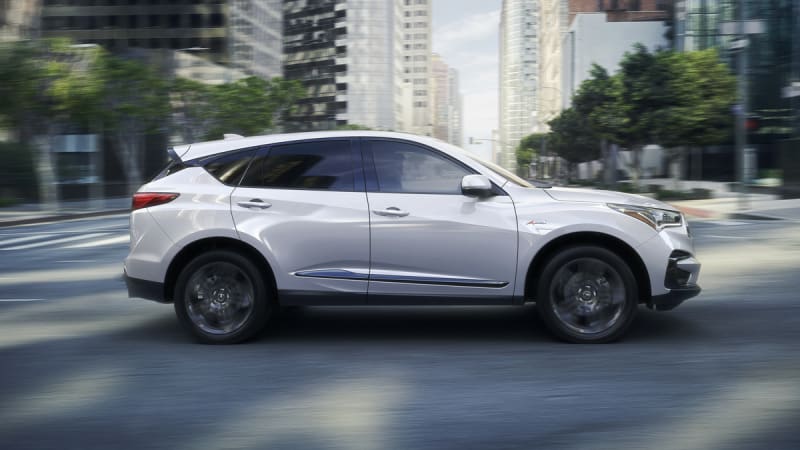AAA New Research Finding: Vehicle Escape Tools mostly effective in breaking side windows made of tempered glass…but NOT effective at penetrating laminated glass.
Unwary Motorists may not realize that 33% of 2018 vehicle models indeed have laminated side windows…a virtually impenetrable safety glass intended to lessen chances of occupant ejection during a collision. AAA urges drivers to:
- Know what type of side window glass is installed on their vehicle,
- Keep a secure and easily accessible escape tool in their car and
- Have a backup plan in case an escape tool cannot be used or doesn’t work.
“Drivers should pick a tool they feel comfortable with and find easy to use, but most importantly they should store it somewhere that is secure and within reach following a collision,” ~ John Nielsen/AAA
Being prepared in an emergency can greatly improve the chances of survival, especially if drivers and their passengers have become trapped in the vehicle. AAA strongly recommends drivers do the following:
Advanced Preparation Includes:
- Memorize the type of glass the vehicle windows are made of – tempered or laminated. If the car has at least one tempered window, this will be the best point of exit in an emergency. Also, remember – standard escape tools will not break laminated glass.
- Keep an escape tool in the car that the driver is comfortable using, has previously tested and is easy to access following a collision. To make sure a vehicle escape tool is working properly, test it ahead of time on a softer surface such as a piece of soft wood. The tool works if the tip impacts the surface, leaving a small indent in the material
- Plan an exit strategy in advance and communicate it to everyone in the car. This will help avoid confusion in an emergency, which could increase the time it takes to exit the vehicle. Also, have a backup plan in case an escape tool cannot be used or doesn’t work.
If trapped in a vehicle, remember there is a S-U-R-E way out:
- Stay calm. While time is of the essence – work cautiously to ensure everyone safely exits the vehicle.
- Unbuckle seat belts and check to see that everyone is ready to leave the car when it’s time.
- Roll down or break a window – remember if the car is sinking in water, once the window is open the water will rush into the car at a faster rate. If the window will not open and the car has tempered glass, use an escape tool to break a side window to escape. Drivers should also remember that:
– Drivers and/or occupants should make every effort to roll down a window as soon as the vehicle enters the water. However, if a window will not open or cannot be broken because it is laminated, call 911 immediately.
– If the vehicle is submerged, a hammer-style escape tool (as opposed to a spring-loaded-style) could be much harder to swing underwater. - Exit the vehicle quickly and move everyone to safety.
Call 911 – while this is typically the first step in an emergency, if a vehicle has hit the water or is on fire, it is best to try to escape first.





